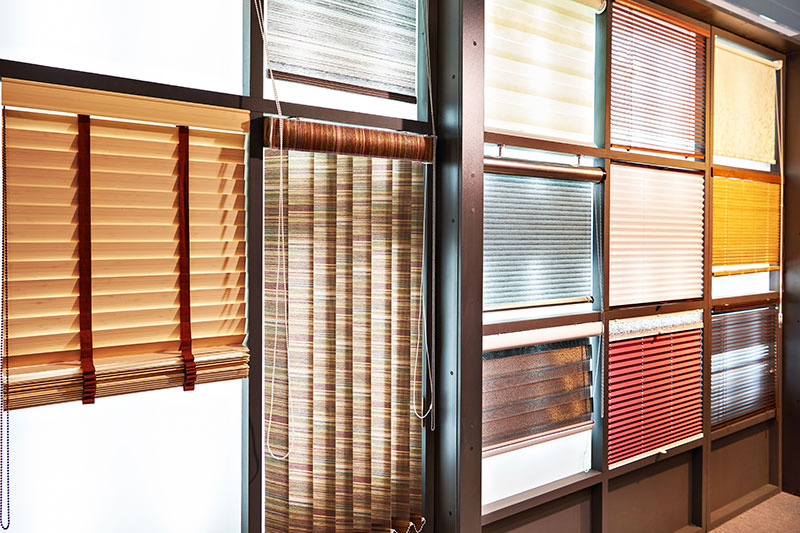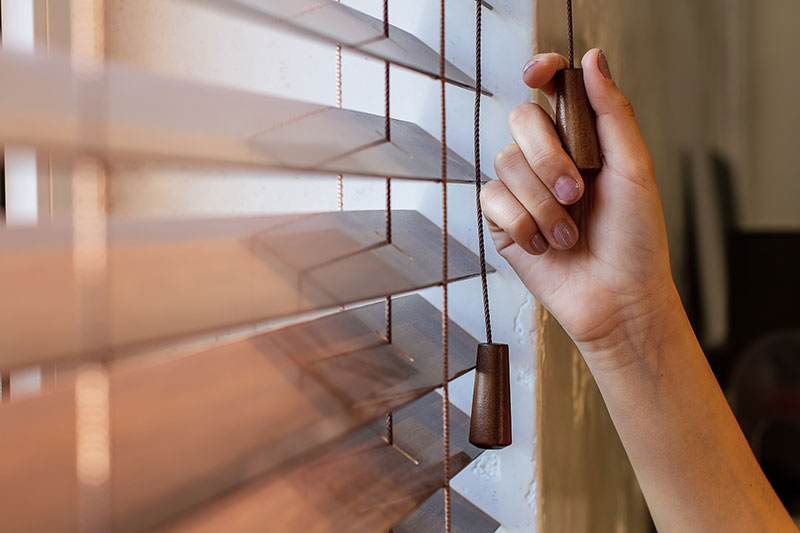Advertisement
Windows are a fundamental part of a home, which serve no ordinary purpose. A home can never feel complete without the warmth and beauty of windows. If your living space is full and lifeless, chances are your windows may need a new look.
Since windows tend to have sharp edges, investing in window treatments is a great way to soften the edges and enhance the look of your windows. However, window treatments come in all shapes and sizes, so you’ll have to decide carefully which one to introduce to your living space.
In this article, you’ll take a look at one of the most popular and ideal types of residential window coverings: window blinds that combine the best of form, function, and appeal.
Window Blinds As An Excellent Window Treatment
Window blinds are a type of window treatment known for their slats and vanes stitched horizontally by cords, which can be stacked lengthwise or to the side during operation. They’re called ‘blinds’ as they can offer light control and privacy by adjusting them using the cords.
Additionally, window blinds are called ‘hard’ window treatments compared to other conventional window coverings, like curtains and drapes. These window treatments are architectural, elegant, and clean, which is perfect for different living spaces.
Tips In Choosing The Right Window Blinds
The right window blinds should meet your functional needs and aesthetic preferences. When looking for the right window blinds for your own windows, take note of these essential tips:
- Choose A Material Appropriate To The Room
A window blind is a versatile window treatment option that can work on different areas in your home, whether the bedroom, bathroom, or living room. But, some window blinds don’t suit every part of your home, especially in the bathroom where moisture is present. Therefore, you’ll have to choose the right blind material that can withstand the room’s conditions.

In terms of choosing the right window blinds for the bathroom, stay away from natural wood and opt for materials designed for wet areas, such as plastic, PVC, or metal blinds. Polyvinyl chloride (PVC) is such an underrated material for blinds. They’re long-lasting, affordable, and caring for PVC blinds are easy and stress-free!
Meanwhile, aluminum Venetian blinds are best for spaces with furniture and furnishings as you can control the amount of sunlight that enters the room, thus, protecting your items from extreme heat exposure.
- Ready-Made VS Made-To-Measure
Not all windows exist in standard sizes, which brings many homeowners to looking for custom window blinds. If your windows exist in the typical sizes, you also have the option to have custom-made window treatments. But, how do you decide between getting ready-made vs. Made-to-measure window blinds?
Custom-made blinds take a longer completion time. If you need them immediately, ordering made-to-measure ones may not be your best option. You can have them rushed for an additional fee.
Budget and value for money are another two factors that’ll heavily influence your decision. Generally, ready-made window blinds are cheaper than customized ones, but may pay less attention to detail and quality. For a higher budget, make sure to look for the best providers to get the most from your money.
- Dig The Special Features
Window blinds are equipped with many special features that you may not be aware of. As mentioned earlier, they offer excellent privacy and light control, but these are just the basic, non-negotiable features of window blinds.
Depending on your needs and preferences, here are other useful features that you should consider looking for in the right window blinds:
- Thermal Insulation: Window blinds have thermal insulation properties to help regulate temperature inside the room and avoid rising energy costs. They typically use a thermal fabric sewn behind the decorative part of the blinds or thermal linings on the inside.
- Blackout: Blackout is an extremely useful feature for rooms where privacy is the main concern. Blinds with a blackout feature can completely obstruct shade and light from passing through your windows.
- Dim-Out: If you don’t prefer blocking daylight completely, you can rely on the dim-out feature, which is less intense than blackout. Dim-out window blinds still allow an adequate amount of light to pass through to help brighten up your space.
- Cordless: Blinds with cords pose a safety hazard for children and pets as they might get strangled accidentally. Opt for cordless window blinds if you have children and pets in the house.
- Pick An Operation Method
Window blinds are originally known for their manual operation, where you’ll have to adjust the blinds by hand to find your desired blind height and angle. They’re relatively cheaper than automatic blinds and great for small spaces. However, if you tend to adjust your blinds several times a day, it’s worth considering an automatic one. Automatic window blinds can be operated through the remote control.
Takeaways
Window blinds are undeniably a versatile window treatment that can find their way in every type of window. In reality, there’s really no black-and-white answer to which are the best blinds for your window as it’ll depend on your window’s size, theme, needs, and personal preferences.

